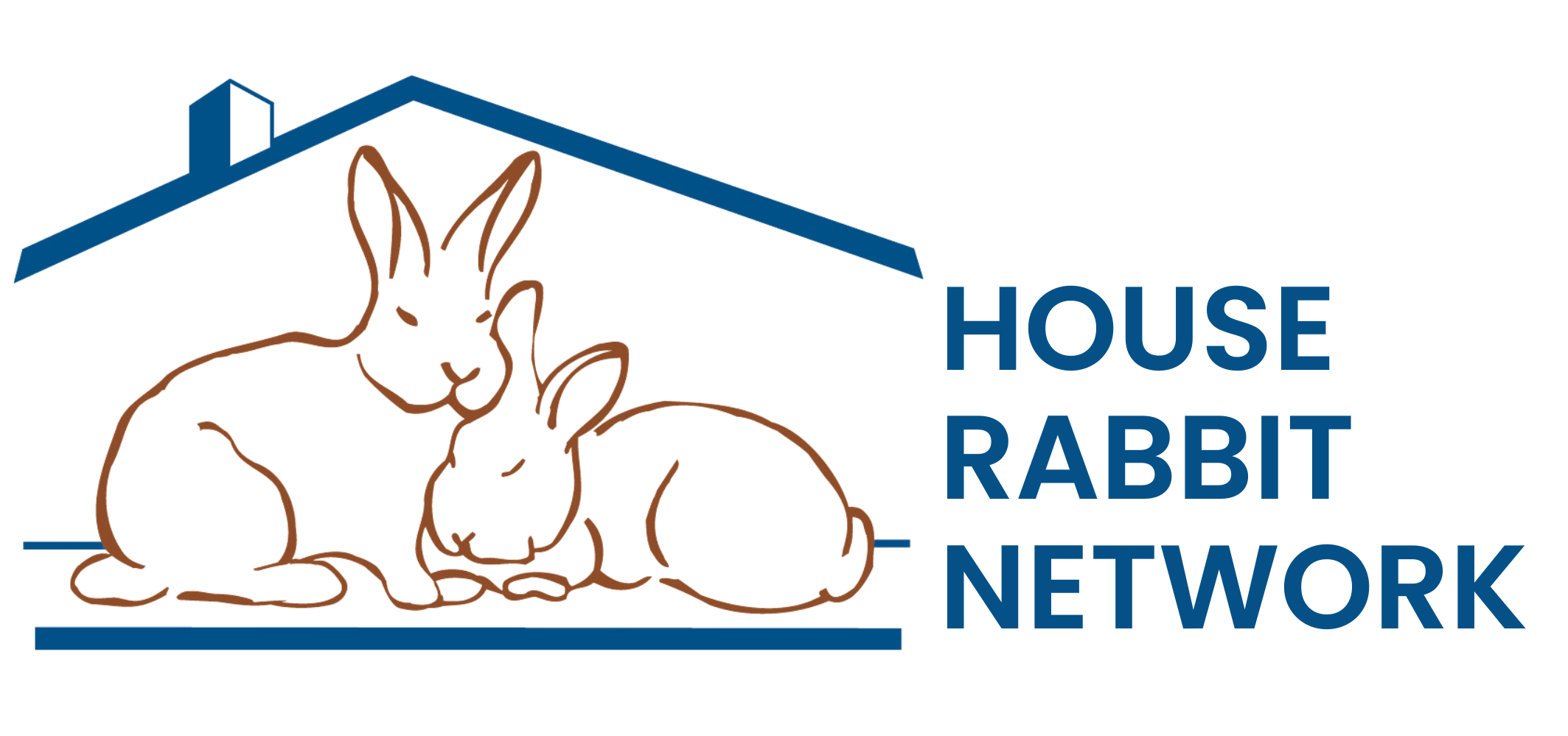Teach Your Bunny to Jump
By Sadie Macmillan
If you’re looking for a new way to bond with your rabbit, consider trying your hand at rabbit jumping. In the competitive sport of rabbit jumping, the handler takes her bunny along a course set up with jumps of various heights. The people involved love it, and the rabbits seem to love it, too, since they’re doing one of the things they do best. How do you get started?
First, determine if your rabbit is a good candidate for the sport. Jumping is a high-impact activity that could cause joint injury in young rabbits, older rabbits, and larger-breed rabbits. You should always clear it with your veterinarian before you begin training. If your vet has approved it, the first thing you’ll need is a harness and leash. There are many kinds of harnesses, but the safest for rabbits is the H-style harness. (There’s also a shoulder harness, but these aren’t available in the usual pet stores, and must be custom ordered.) Wearing a harness will feel foreign and a little frightening to a bunny who’s not used to it, so start by massaging him gently before you put anything on him. Target the places where he might be most sensitive, like his “armpits.” Your goal is to desensitize him and make the experience enjoyable.
Your bun’s first introductions to the harness should be brief. As he grows more comfortable, let him hop around his living space while wearing the harness, but without the lead attached. The key is to start slow and expand his comfort zone gradually. When you first attach the lead, let him hop wherever he wants. You don’t want him to panic and bolt, and possibly injure himself. You eventually want him to understand that the lead will limit his movement, but that he’s still safe.
Rabbit-jumping competition courses take place on mats, with a hurdle that is specifically designed for the sport. They’re available to purchase, but they’re not necessary for practicing at home. You can jury-rig your own hurdles by balancing wooden dowels from a building supply store on top of items from your home, like a couple of tissue boxes or two stacks of magazines. The important thing is to build a hurdle that will allow the dowel to fall away in either direction, to prevent possible injury to the bun. Only set up the hurdles during practice time, so that it becomes a special, fun activity and he doesn’t get bored with it. Start with just one hurdle and set your bunny in front of it. Wait until he approaches it to sniff it or check it out, and just as he’s about to lose interest in it, lift him up and over. As you lift him, speak the simple voice command (like “Up, up!”) that you will use as his cue to jump. Or if you’re already using a clicker, you can incorporate that into his training. When your rabbit starts to jump over the hurdle on his own, reinforce it, no matter which direction he jumps from.
Eventually you’ll train him to move and jump in a single direction, which is how the courses work, but in the beginning your goal will be only to get him to enjoy the jump. Just as important as knowing how to train your bunny is knowing how much to train your bunny. You want it to be enjoyable for him, which means not pushing too hard. The early training sessions should be short (15-20 minutes) and limited to a few times a week. Every bunny is different, and not every bunny is going to enjoy jumping hurdles. But learning to jump hurdles is a good way to spend time together, and that’s what it’s really all about.
